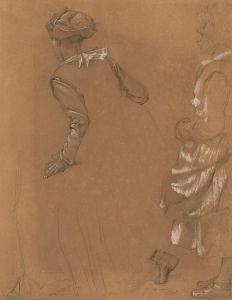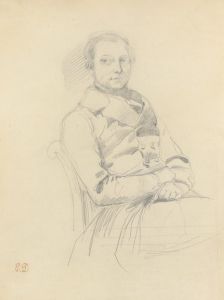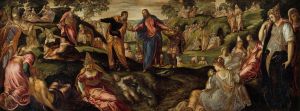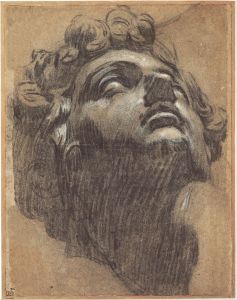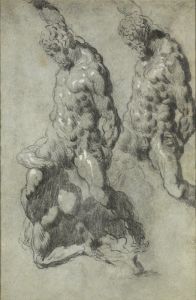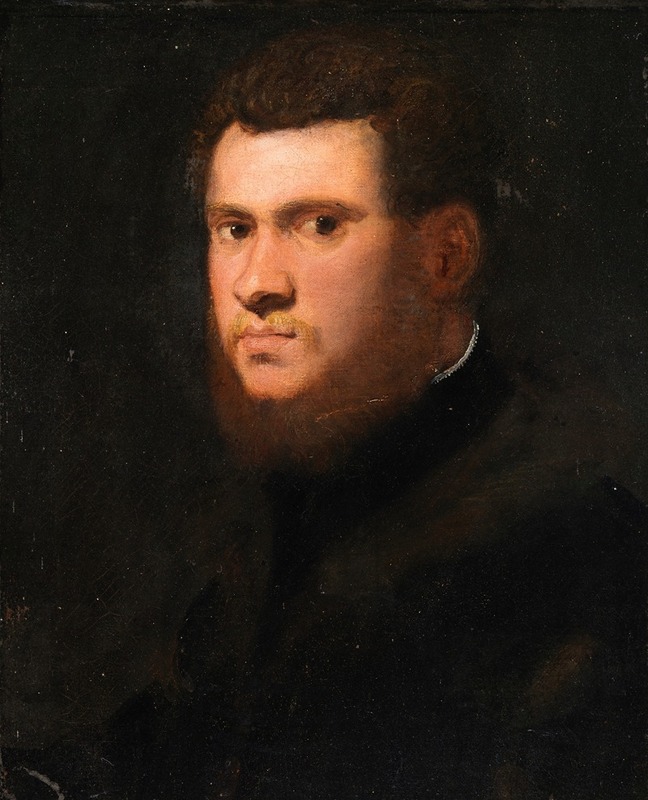
Portrait of a Man, probably of the Mazzi Family
A hand-painted replica of Jacopo Tintoretto’s masterpiece Portrait of a Man, probably of the Mazzi Family, meticulously crafted by professional artists to capture the true essence of the original. Each piece is created with museum-quality canvas and rare mineral pigments, carefully painted by experienced artists with delicate brushstrokes and rich, layered colors to perfectly recreate the texture of the original artwork. Unlike machine-printed reproductions, this hand-painted version brings the painting to life, infused with the artist’s emotions and skill in every stroke. Whether for personal collection or home decoration, it instantly elevates the artistic atmosphere of any space.
"Portrait of a Man, probably of the Mazzi Family" is a painting by the renowned Venetian artist Jacopo Tintoretto, created during the 16th century. Tintoretto, whose real name was Jacopo Robusti (1518–1594), was one of the most prominent painters of the Venetian Renaissance, celebrated for his dynamic compositions, dramatic use of light and shadow, and vigorous brushwork.
This particular portrait depicts an unidentified man, who is believed to have been a member of the Mazzi family, a noble or prominent family of the period. The attribution to the Mazzi family is suggested by historical records or inscriptions associated with the painting, though specific details about the sitter's identity remain unknown. The work exemplifies Tintoretto's skill in capturing the individuality and character of his subjects, a hallmark of his portraiture.
The painting is executed in oil on canvas, a medium widely used in Venice during the Renaissance due to the city's humid climate, which made wooden panels less durable. Tintoretto's portraits often feature a subdued color palette, with a focus on the sitter's face and expression, set against a dark or neutral background. This approach draws attention to the psychological depth of the subject, a technique that distinguishes Tintoretto's work from that of his contemporaries.
As with many of Tintoretto's portraits, "Portrait of a Man, probably of the Mazzi Family" reflects the artist's ability to combine realism with a sense of grandeur. The sitter's pose, attire, and demeanor suggest a person of status and refinement, consistent with the social standing of Venetian elites during the Renaissance. Tintoretto's attention to detail is evident in the rendering of the man's facial features, clothing, and accessories, which provide insight into the fashion and culture of the time.
The painting is housed in the National Gallery in London, where it is part of the museum's extensive collection of Renaissance art. It is considered an important example of Tintoretto's portraiture and offers viewers a glimpse into the artistic and cultural milieu of 16th-century Venice.
While much about the sitter and the specific circumstances of the painting's commission remains unclear, the work stands as a testament to Tintoretto's mastery as a portraitist and his ability to convey the essence of his subjects with remarkable immediacy and vitality.





